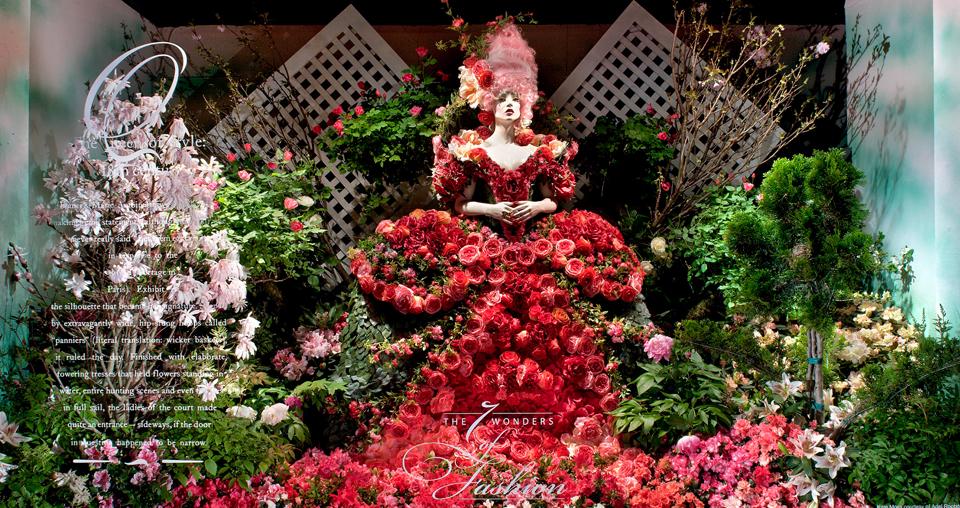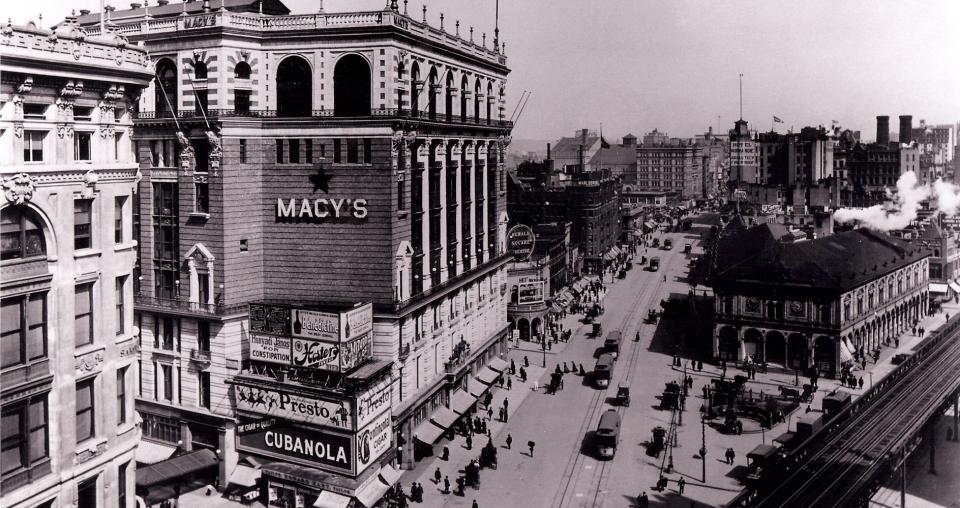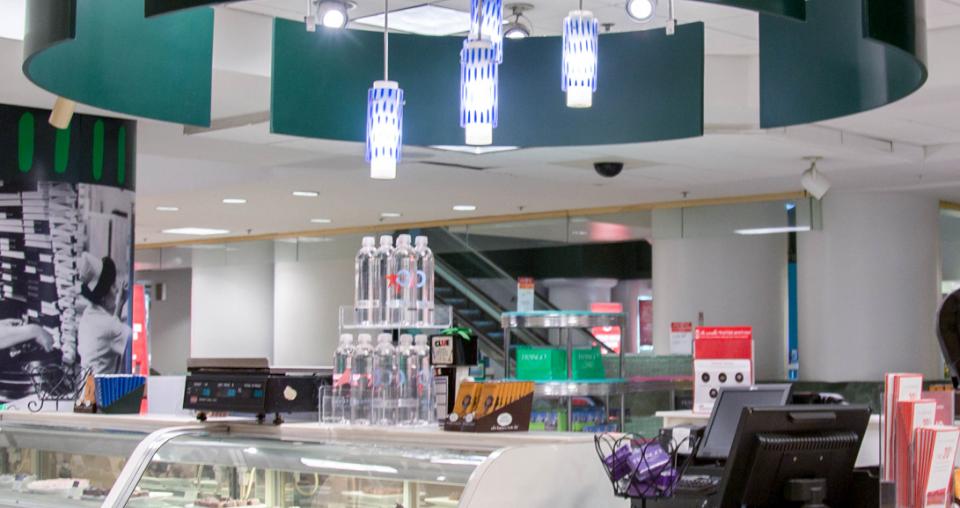
The Macy’s Flower Show: An Iconic Event With a Rich Past
Article
The Macy's Flower Show, held in flagship stores in New York City, Chicago and San Francisco, was launched in 1946.
For a two-week period at the end of March, three Macy’s stores around the country will launch this year’s version of the Macy’s Flower Show and infuse the retail environment with breathtaking landscapes inspired by centuries of artistic creativity.
Following a single theme, Macy’s stores in New York, Chicago and San Francisco will showcase lush gardens and also stage a host of related in-store events. The gardens will assume different forms from store to store, with some elements remaining consistent, such as a signature centerpiece.

The Flower Show’s Deep Roots
The Macy’s Flower Show attracts about a half-million visitors across its five locations and displays approximately one million flowers in each. However, the show had a far more modest beginning than today’s multi-dimensional extravaganzas would suggest.
In 1946, Macy’s California staged the first flower presentation ever held in a store environment with displays of potted plants and orchids intended to promote a cosmetics department fragrance. And Macy’s Herald Square in New York began staging a similar springtime event.
A few years later, setting the stage for what would become the modern-day Macy’s Flower Show, Macy’s Union Square in San Francisco created a much larger, annual event involving themed gardens (often focused on a particular country).
In the 70s, the Herald Square store followed suit, launching its own themed Flower Show and staging it concurrently with the San Francisco event each spring. For the next 25 years, show attendees of the Macy’s Herald Square Flower Show entered a traditional English country-style garden through mock wrought iron estate gates installed on the Broadway side of the store. The show theme remained unchanged until 2002, when it began focusing on high-concept, theatrical themes that shifted every year.
The hallmark 2002 “Art of the Flower” show in San Francisco and New York drew 100,000 attendees with gardens that envisioned scenes beyond the borders of those depicted in famous artworks. It introduced three signature components of the present-day Flower Show: a central theme; an extravagant ‘bouquet of the day,’ designed by a floral or entertainment expert that changes throughout the show’s run; and a large emblematic centerpiece that welcomes visitors.

Restoring Local Traditions
In 2005 and 2009, Macy’s acquired numerous competitors’ stores across the country that had once mounted flower shows of their own. A strong supporter of tradition, Macy’s decided to revive these shows that had once been so important in their local markets, beginning with the Macy’s Center City store in Philadelphia, a former Wanamaker flagship that had mounted a floral event during the 50s and 60s. Macy’s proceeded to stage the Flower Show in its Minneapolis- and Chicago-based stores, which had once been part of the Marshall Field’s brand. In so doing, Macy’s increased the number of annual in-store Flower Shows to five and, by 2009, they were all following a yearly theme.
How Macy’s Does It
A great deal of effort and coordination goes into creating each Flower Show. It’s produced by the Macy’s Parade & Entertainment Group, which is charged with the design, production and operations of all Macy’s events, including the Thanksgiving Parade, the 4th of July Fireworks and the various holiday experiences. As soon as one Flower Show ends, the team gets started on the schematic for the next and, after the Thanksgiving Parade is over, begins creating the set pieces. The production process continues throughout the year under the aegis of the New York-headquartered team and smaller teams in Minneapolis and on the west coast.
The Macy’s Special Events team is in charge of shaping each store’s Flower Show tie-in events throughout the two-week run, from spring fashion shows and live music performances to floral workshops with master designers and cooking demonstrations with culinary stars. The stores also offer Flower Show Shopping Packages and guided tours of the show in San Francisco and Chicago.
Unique Installation and Maintenance Challenges
Macy’s works with local nursery partners to bring in highly colorful and interesting plant and tree species representing different climates around the globe. The materials’ diverse origins present show orchestrators with enormous challenges. A key one: getting all the plants to bloom at the same time. The team works hard to cater to their varying temperature needs prior to landscaping and to install all components at just the right time to ensure they look their best on opening day.
During the Flower Show, many of the plants must be watered at night; installing irrigation systems within the store space is impossible given plant placement above store counters and merchandise. The team also plans for and implements a ‘half-show refurbishment’—virtually half the plants in every show are replaced at the end of the first week.
A Mainstay That Continues to Delight
The Flower Show has been going on for over 65 years and continues to evolve. Yet one thing has remained constant—its extraordinary way of celebrating spring. The show’s vibrant, artful landscapes delight all the senses and offer an exquisite reprieve from winter’s drabness.


